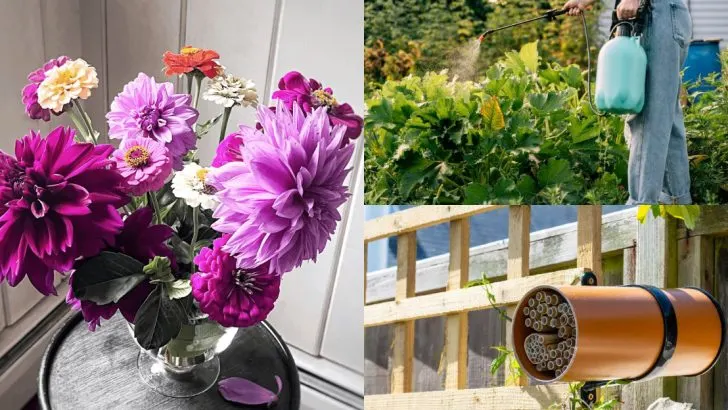Stop sabotaging our pollinators with misguided efforts! When you try to help bees, butterflies, and hummingbirds, your actions can backfire in surprising ways. Imagine sugar water feeders that lure pests or pesticide routines that wipe out your buzzing friends. Your garden turns into a trap instead of a sanctuary, leaving essential creatures struggling to thrive. Missteps like over-watering wildflower beds or misusing nesting boxes can turn support into strife. This guide reveals 16 common mistakes that hurt our winged allies instead of nurturing them. Discover which well-meaning actions create more harm than good, and learn how to truly support pollinators without unintended consequences. Get ready to rework your garden plan, protect these vital creatures, and celebrate a space where nature dances in harmony—free from careless interference and full of genuine life.
Planting Only One Type of Flower
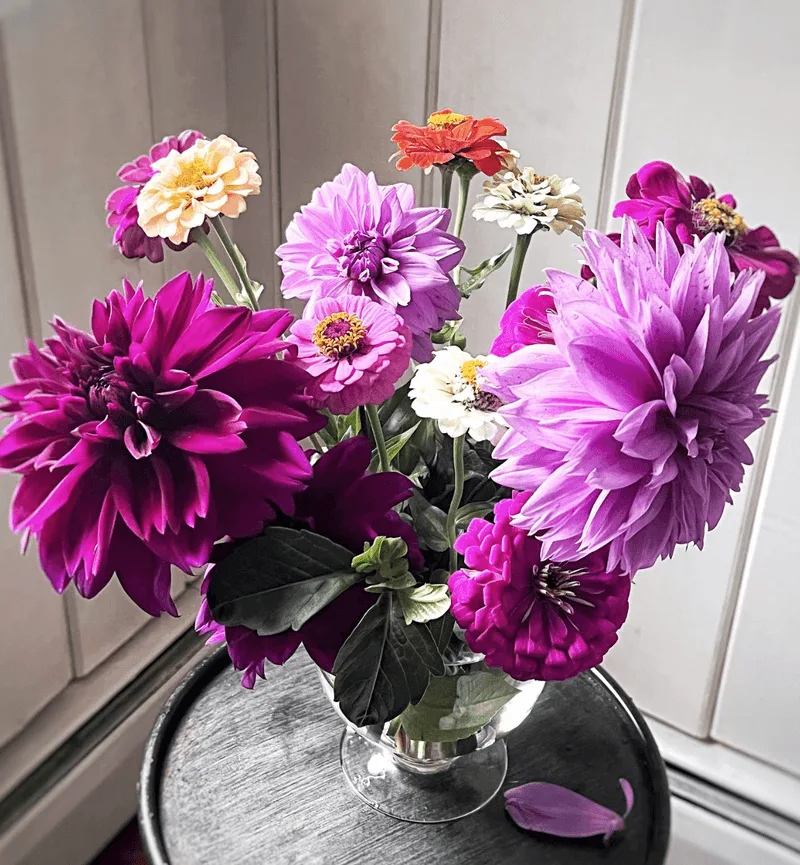
Imagine walking into a garden with only one type of flower. It might look neat, but it can be a desert for pollinators craving variety. Bees and butterflies need diverse plant species to find the nutrients they need. A single-type garden is like serving the same meal every day; eventually, it gets boring and lacks essential nutrients.
Instead of focusing on one flower, consider planting a mix of native wildflowers. This creates a buffet for pollinators, keeping them healthy and energetic. Variety in the garden is not just visually pleasing but also essential for pollinator health.
Using Pesticides Indiscriminately
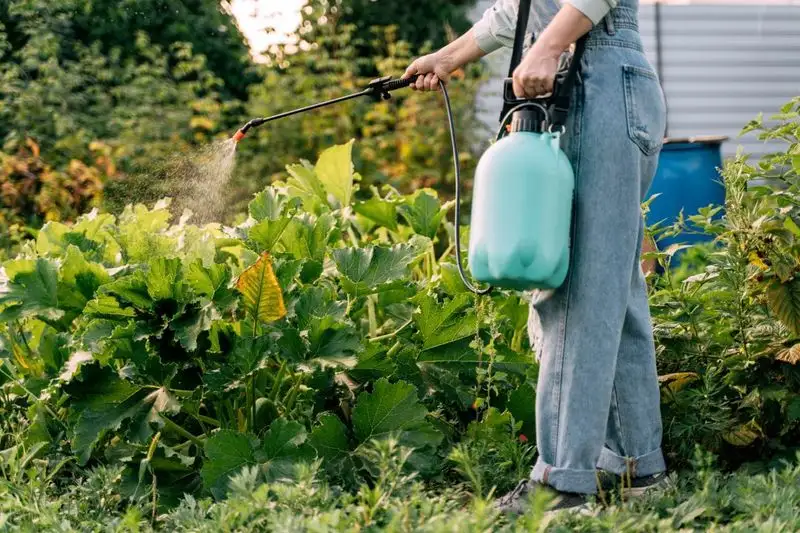
Pesticides might keep aphids at bay, but they’re no friends to pollinators. Many chemicals don’t discriminate between pests and beneficial insects. Spraying indiscriminately can turn your garden into a hazardous zone for bees and butterflies. These essential creatures might visit and find themselves in a toxic environment.
Consider using organic or specific-target pest control methods. Neem oil and insecticidal soaps can keep harmful bugs away without harming the pollinators. Making informed choices about pest control helps maintain the balance in your garden, allowing pollinators to thrive safely.
Installing Bee Hotels Incorrectly
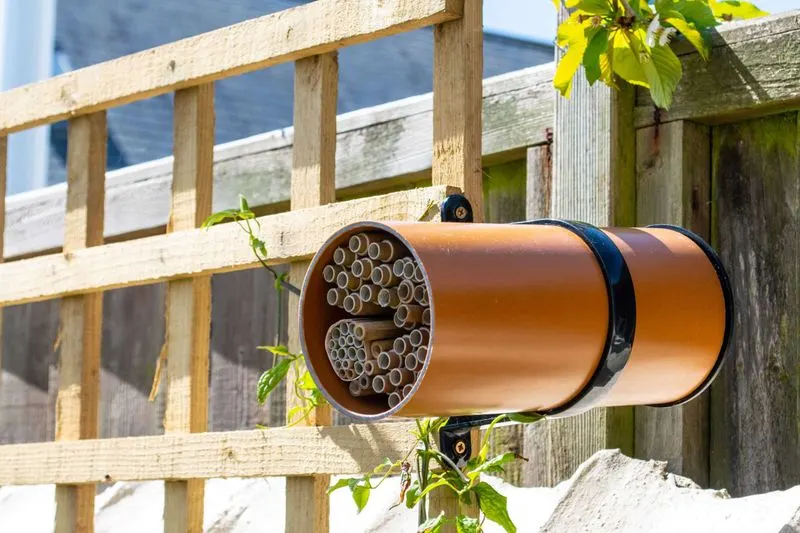
Bee hotels are a fantastic way to support solitary bees, but improper installation can lead to disaster. Placing them in shady spots or using untreated wood can make them unappealing or even dangerous for bees. Incorrect positioning might attract pests rather than pollinators.
Ensure your bee hotel is in a sunny, sheltered location and made of the right materials. Regularly clean and maintain it to create a welcoming home. With proper care, bee hotels can be an oasis for solitary bees, supporting their essential role in pollination.
Feeding Hummingbirds Too Much Sugar
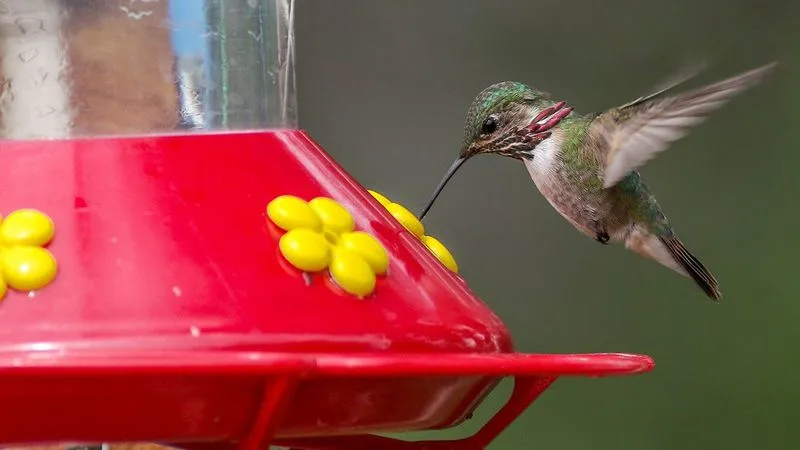
Hummingbird feeders are delightful to watch, but too much sugar can be harmful. An overly concentrated sugar solution can lead to health issues for these vibrant birds, and unwanted guests like ants might invade the feeder.
Mix your nectar in a ratio of four parts water to one part sugar. Clean the feeder regularly to prevent mold and ensure it’s free from pests. Proper feeding practices keep hummingbirds healthy and your feeder a safe dining spot. Remember, moderation is key when supporting these tiny marvels of nature.
Ignoring Native Plant Varieties
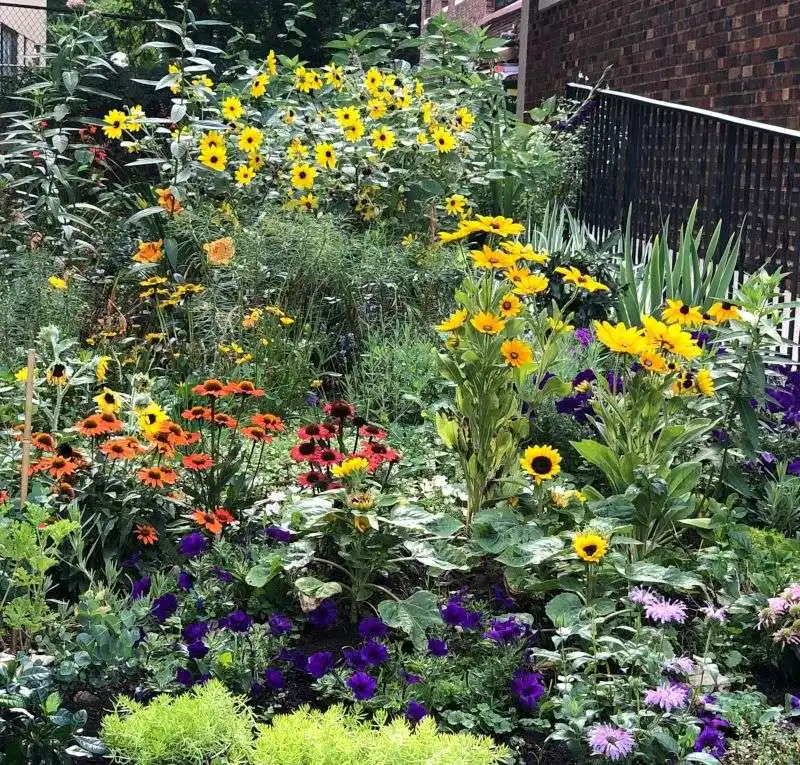
Exotic plants might add flair to your garden, but they often don’t provide the right resources for local pollinators. Native plants have co-evolved with local bees, butterflies, and birds, forming a symbiotic relationship that’s hard to replace with foreign varieties.
Focusing on native plants ensures that pollinators find familiar food sources and habitats. By cultivating a garden that reflects the natural ecosystem, you create a haven for local pollinators. Embrace the beauty of native flora to support the intricate web of life in your area.
Mowing the Lawn Too Often
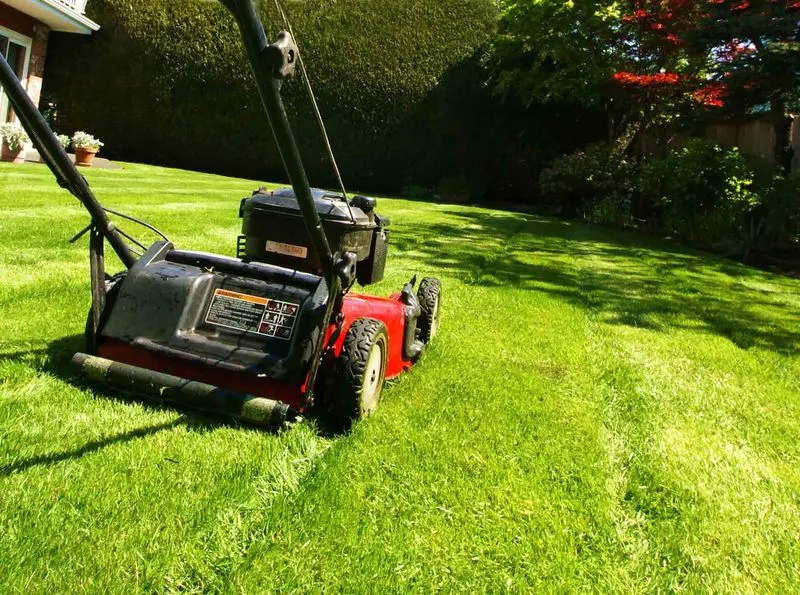
A perfectly manicured lawn might look appealing, but frequent mowing can disrupt pollinators. Many tiny wildflowers like clover and dandelion find a home in an uncut lawn, providing essential nourishment to bees.
Allowing your lawn to grow a little wild supports these hidden gems of the pollinator diet. Embrace a more natural look by reducing the frequency of mowing, giving wildflowers a chance to bloom. This small change can create a thriving mini-ecosystem right in your backyard.
Pruning Too Early in Spring
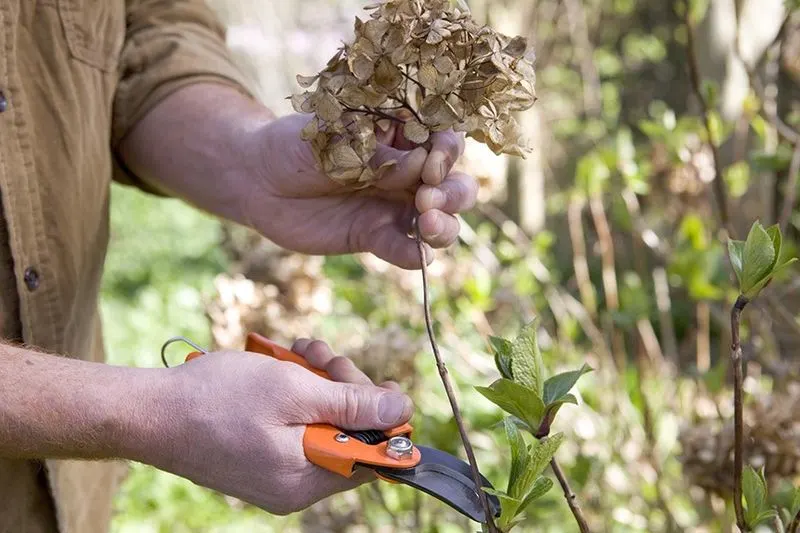
Early spring pruning can remove early blooms that are crucial food sources for emerging pollinators. Hungry bees and butterflies may find their resources depleted just as they’re coming out of hibernation.
Waiting until later in spring to prune helps ensure that pollinators have access to early nectar. It’s a small change that can make a big difference.
Encouraging early blooms supports not just pollinators but the entire garden’s vitality.
Over-fertilizing Plants

Fertilizers might give plants a lush appearance, but too much can be counterproductive for pollinators. Over-fertilizing leads to excessive foliage growth and fewer flowers, depriving pollinators of nectar and pollen.
Moderation is crucial. Use organic fertilizers and follow recommended guidelines to ensure flowers bloom abundantly. This creates a vibrant garden where pollinators can find nourishment and shelter. A balanced approach to fertilization keeps your garden healthy and inviting for all its tiny visitors.
Adding Too Many Birdhouses
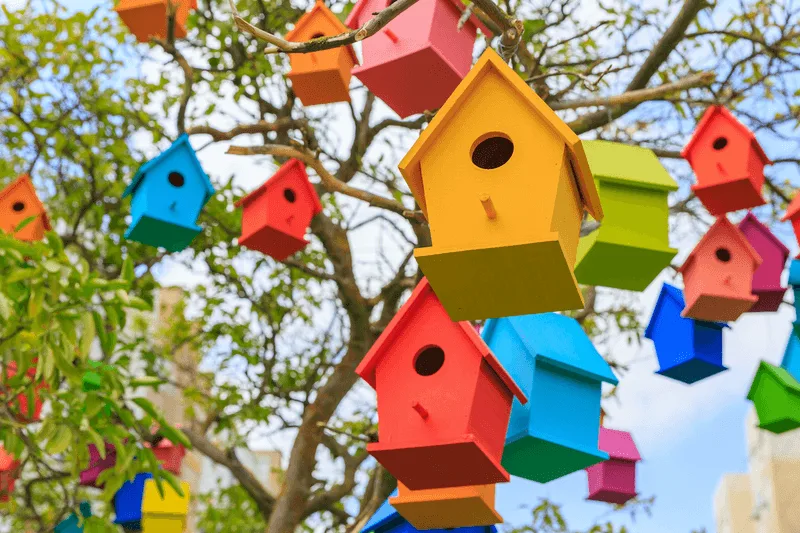
Birdhouses are great for attracting feathered friends, but an excess can lead to territorial disputes. Birds might become aggressive, causing distress to both themselves and pollinators like bees and butterflies.
Balance is vital. Place birdhouses strategically and ensure there’s enough space between them. This encourages a peaceful coexistence and prevents overcrowding. A thoughtfully arranged garden invites harmony among the diverse creatures, fostering a thriving ecosystem.
Relying Solely on Honey Bees
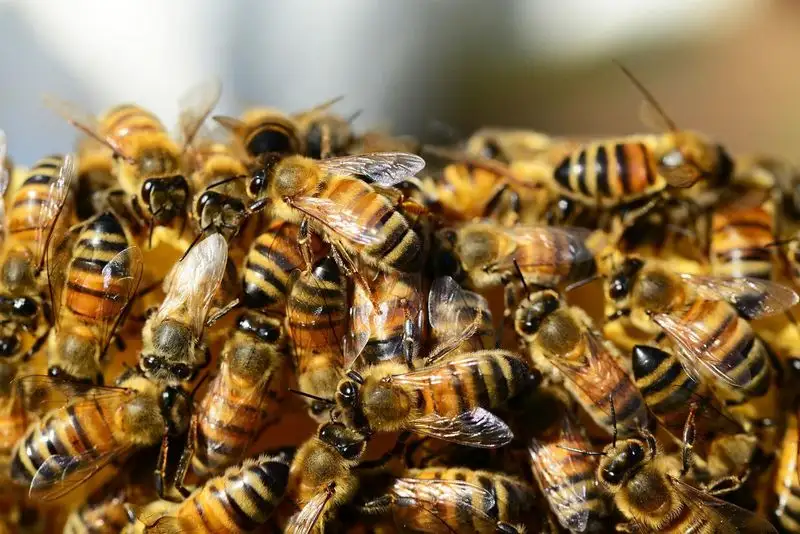
Honey bees are often the stars of pollination, but relying solely on them overlooks other critical pollinators like bumblebees and solitary bees. These unsung heroes contribute uniquely to the ecosystem.
Diversify your garden to attract various pollinators. Include plants that appeal to different species and avoid monocultures. This diversity supports a resilient ecosystem, where all pollinators can thrive. Embracing a broader perspective ensures that your garden becomes a sanctuary for a wide array of pollinators, each playing a vital role.
Watering at the Wrong Times
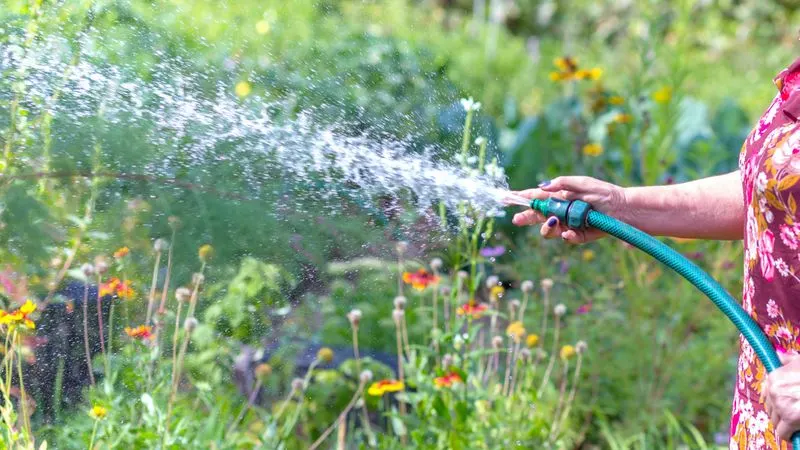
Watering your garden might seem straightforward, but timing is everything. Watering during the heat of the day can disturb pollinators and lead to water wastage. Bees and butterflies prefer to visit flowers when they’re dry and accessible.
Water early in the morning or late in the evening to minimize disruption. This ensures that flowers are ready for pollinators when they arrive. Thoughtful watering practices support a healthy environment, where pollinators can thrive without disturbance, enjoying the garden’s bounty.
Too Many Bright Lights at Night

Nighttime lights can be enchanting, but for pollinators, they can spell confusion. Many nocturnal pollinators, like moths, rely on natural light cues. Excessive artificial lighting disrupts their navigation and feeding patterns.
Opt for soft, warm lighting and minimize usage. Shield lights to direct them downwards and avoid attracting unwanted attention. By reducing light pollution, you create a sanctuary for nocturnal pollinators, allowing them to thrive in their natural rhythm.
Leaving Out Old, Sugary Fruits
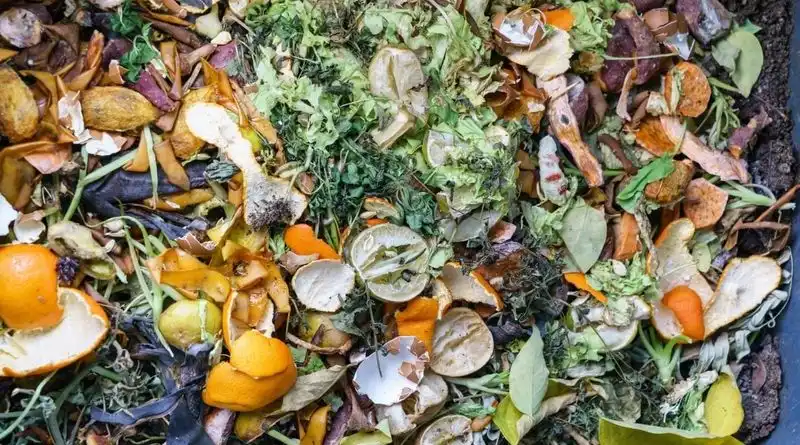
Leaving sugary fruits out might seem like a treat for pollinators, but it often attracts wasps and other pests. These unwanted guests can become aggressive, deterring pollinators like bees and butterflies from visiting.
Dispose of overripe fruits promptly and keep your garden tidy. Encourage pollinators by providing fresh, naturally flowering plants instead. This ensures a welcoming environment, free from pest-related stress, where pollinators can flourish.
Misusing Bird Baths
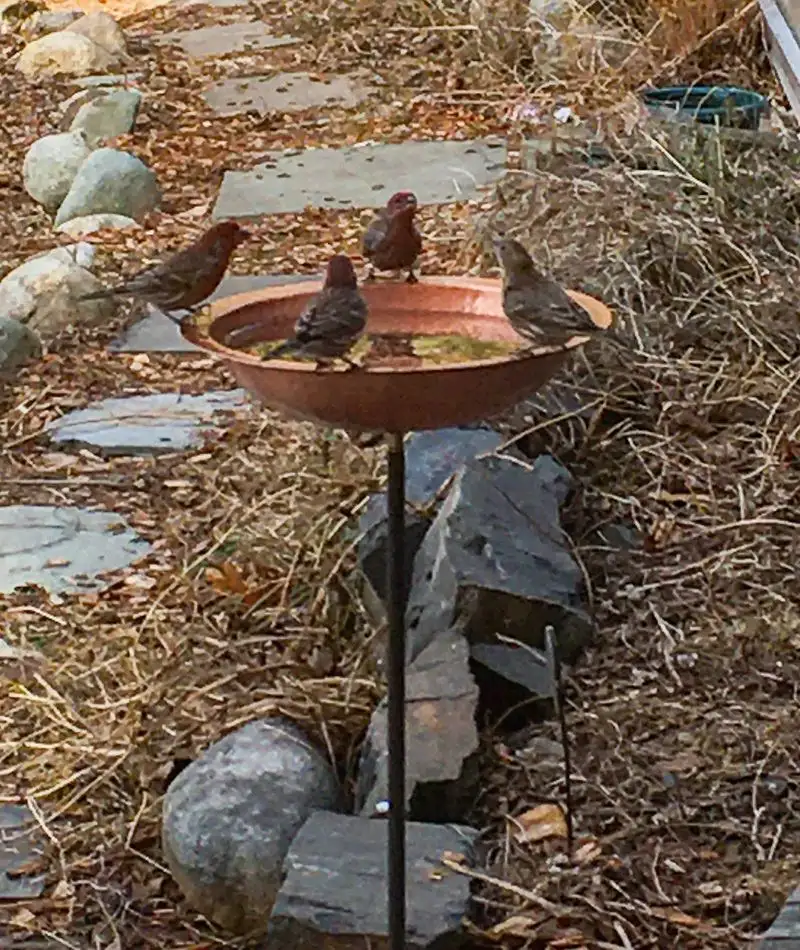
Bird baths can be delightful garden features, but if they’re too deep, they pose a risk to small birds and bees looking for a drink. These creatures might struggle and become trapped, leading to unnecessary stress.
Ensure your bird bath is shallow and has a gently sloping edge. Adding stones or pebbles can provide perches for small birds and insects. This thoughtful design allows pollinators and birds to safely enjoy a refreshing drink, enhancing their garden experience.
Focusing on Aesthetics Over Function

Aesthetic gardens might win design awards, but if they lack flowering plants, they become barren landscapes for pollinators. Pollinators need flowers for nectar and pollen, not just visual appeal.
Create a balance between beauty and functionality by incorporating pollinator-friendly plants. A garden that thrives visually and ecologically offers a vibrant habitat where both humans and pollinators find joy. This dual-purpose approach ensures that your garden remains a lively haven for all its inhabitants.
Using Insect Traps Indiscriminately

Insect traps are popular for controlling pests, but they often catch beneficial insects, including pollinators. indiscriminate use of these traps can drastically reduce bee and butterfly populations.
A better solution is to use targeted traps or introduce natural predators to control pests. This method preserves the pollinators while managing unwanted insects.
Understanding which insects truly threaten your garden can help maintain a healthy pollinator environment.

